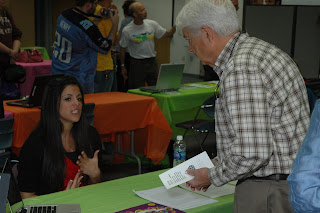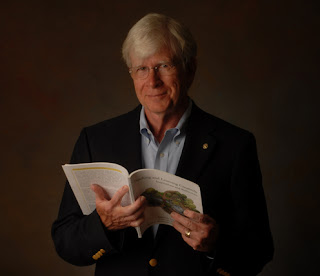 |
| image by artzsamui |
At this point, most instructors are in the throes of evaluating student work, whether these are final exams, major projects, or simply the last assignment of the semester. Many teachers across MCC-Longview use a rubric or some kind of scoring guide to facilitate the grading process.
Rubrics are wonderful tools when they are custom-made to fit an assignment because they can help ensure consistency and objectivity. They are also an excellent way to communicate explicitly the most important aspects of an assignment and let students see exactly how their work is judged.
But a rubric loses value as an evaluation and communication device if it is generic and not designed to reflect the specific nature of the project or writing task at hand. It also loses its luster if it's too packed with attributes. Designing one is a really good exercise in prioritizing.
Chapter 14 in John Bean's newly revised Engaging Ideas: The Professor's Guide to Integrating Writing, Critical Thinking, and Active Learning in the Classroom (2011) is a great primer on the theory behind analytic and holistic rubrics and the rationale for using them: "Using Rubrics to Develop and Apply Grading Criteria."
For even more comprehensive info on how to create a rubric, you can't do better than Walvoord and Johnson's Effective Grading: A Tool for Learning and Assessment in College (2010). This 2nd edition is chock-full of sample rubric formats from across disciplines and offers up their savvy take on time management when it comes to teaching and grading.
If you are not feeling too creative at this point of the semester and need a jump start to develop a rubric for a project, consult the free RubiStar website for an array of templates that permit you to input the assignment criteria and select a rubric format and specific features: http://rubistar.4teachers.org/
RubiStar was one of the first online tools of this sort and was developed at the University of Kansas School of Education in the mid-1990s. Such teaching tools have since proliferated on the web and some are pretty pricey.
Just resist the temptation to grab a generic one and go. You'll likely end up losing precious grading time to the frustration you'll feel at its crudeness and inability to capture the nuances of your well-designed assignment.
But if this semester has already pulled away from you entirely in its final moments, don't hesitate to contact me over break or at the beginning of next semester for assistance and support in tailor-making rubrics to match your assignments, great and small. As always, I'd be more than happy to help, especially if you are looking to get a head start on next semester.
Wishing all a relaxing break,
Mary






















